By Dainty Clarice Rabang, Education Division and Lea Victoria Serrano, UP NOAH Center
The Philippine Preparedness Partnership (PhilPrep through the UP Resilience Institute (UP RI), with support from the Philippine Disaster Resilience Foundation (PDRF), conducted a flood hazard assessment in Barangays San Isidro and Tibag of Tarlac City on August 5, 2025. These two barangays were affected by flooding from July 20 to 22, 2025 due to intense rainfall brought by enhanced habagat and are pilot partner sites of Talagháy, the Philippine Preparedness Partnership-led, Asian Disaster Readiness Fund project. The team evaluated both the hydro-meteorological processes and flood impacts of the enhanced habagat in the partner communities. The assessment provides crucial information for implementing appropriate interventions to enhance early warning systems.
Barangay Tibag experienced flooding in low-lying areas
Communities in Barangay Tibag, Tarlac City, particularly in Sitio Bacuit, experienced flooding that exceeded the average person’s height.
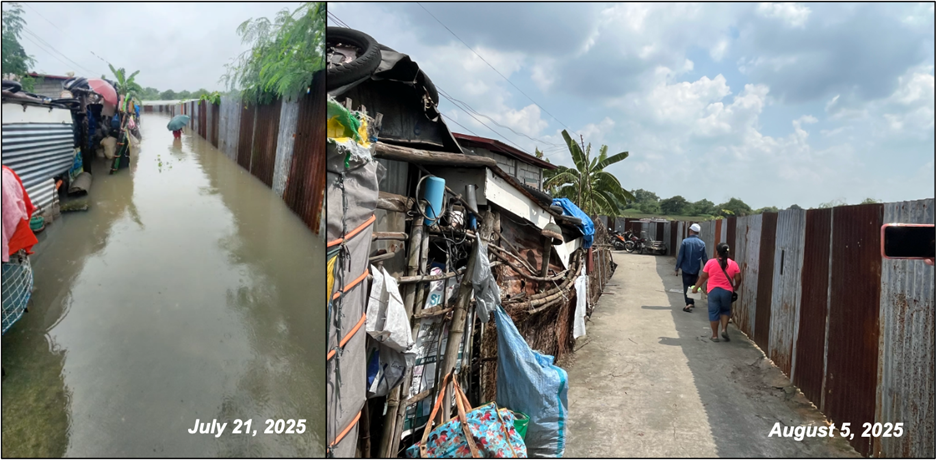
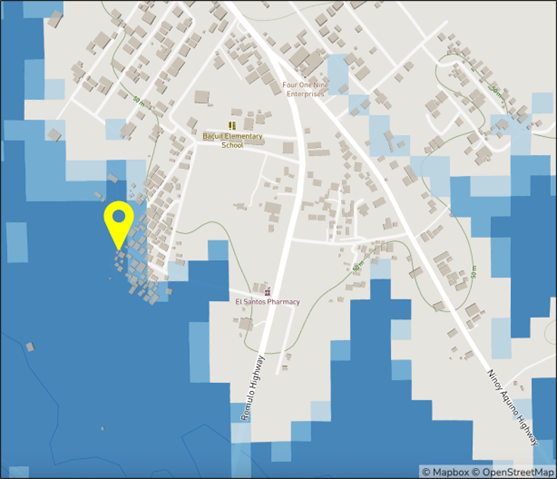
Along the Tarlac River in Sitio Pag-asa, Barangay Tibag, several meters of flood protection dikes were destroyed by the river’s high-velocity flows.
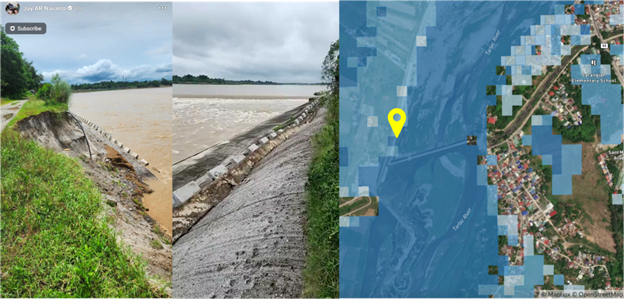
Houses along Tarlac River in Barangay San Isidro were destroyed by floods
Houses near the Tarlac River in Barangay San Isidro were washed away by high river flows during July 20-22, 2025 enhanced habagat. A previous survey conducted on June 18, 2025 by the Center for Disaster Preparedness and the Philippine Disaster Resilience Foundation identified houses built beyond the protective dike toward the Tarlac River. During the August 5, 2025 assessment, the team found that most of these houses have been destroyed by high-velocity flows, forcing several families to evacuate.
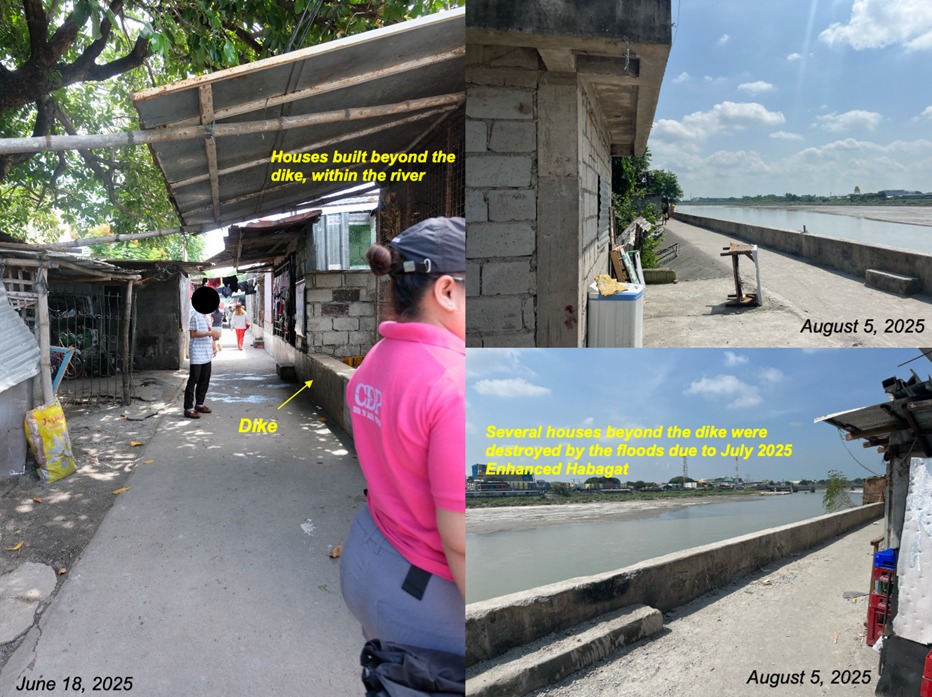
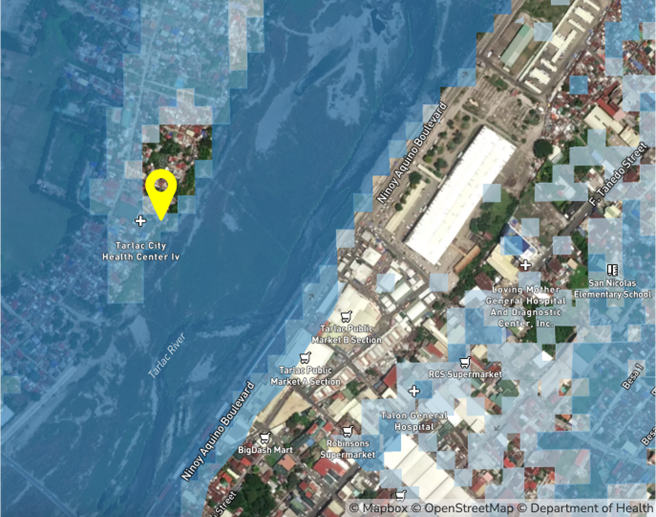
Moving forward, an Internet of Things network will be installed in Barangays San Isidro and Tibag to support an enhanced Early Warning System
The flood hazard assessment aims to collect flood data in these communities to support the installation of an Internet of Things (IoT) sensor network. Understanding flood processes helps identify optimal sensor locations for a targeted, effective, and data-driven warning system. This network will allow barangay officials, the city government, and the provincial government to monitor flood-prone areas in near real time.
The IoT is part of an Early Warning System being co-developed by PhilPrep, barangay officials, Tarlac City local government, and community members. This initiative falls under the Philprep Talagháy Project. Philprep is a multi-stakeholder partnership comprising the UP Resilience Institute (academe representative), Philippine Disaster Resilience Foundation (private sector representative), Centre for Disaster Preparedness (civil society representative), and the Office of Civil Defense (government representative).
Through this multi-sectoral partnership and community involvement, PhilPrep Talagháy aims to bridge technologies, research, and community knowledge to ensure that data and information directly benefit those most in need.
